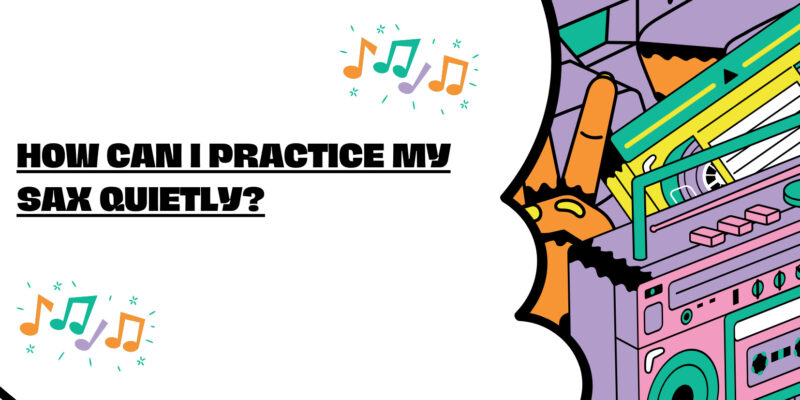Practicing the saxophone is a rewarding endeavor, but it’s not always easy to find a quiet place or time to play, especially in shared living spaces or during late hours. However, there are several effective strategies and techniques that can help you practice your saxophone quietly without sacrificing your progress or musical development. In this article, we will explore practical ways to practice the saxophone quietly, allowing you to enjoy your music while respecting your surroundings.
- Use a Practice Mute
One of the most effective tools for practicing the saxophone quietly is a practice mute. Practice mutes are designed to reduce the volume of your saxophone significantly while preserving its tonal qualities. These mutes are usually made of rubber or plastic and can be inserted into the bell or neck of your saxophone. They are particularly useful for late-night or shared living situations where noise must be kept to a minimum.
- Silent or Digital Saxophones
If you’re looking for a nearly silent practice option, consider investing in a silent saxophone or digital saxophone. These instruments are equipped with electronic components that allow you to practice with headphones, making your saxophone virtually silent to external listeners. Digital saxophones often come with a range of built-in sounds and effects, offering a versatile practice experience.
- Sound Isolation
Creating a sound-isolated practice space can help minimize the sound of your saxophone. You can achieve this by using soundproofing materials like acoustic foam or baffles on the walls and ceiling of your practice area. Another effective option is to use soundproof curtains or dividers to block sound transmission. Additionally, practicing in a room with thick carpets, heavy curtains, or soft furnishings can help absorb sound.
- Practice During Quiet Hours
If you live in a shared space, it’s considerate to communicate with your neighbors or housemates and find out when the quiet hours are. Practicing during designated quiet hours can help ensure that your saxophone playing doesn’t disturb others. This simple communication can go a long way in maintaining harmonious living arrangements.
- Adjust Your Playing Technique
Modifying your saxophone playing technique can also help you practice more quietly. Focus on controlling your breath and airflow to produce softer notes. You can achieve this by using less air pressure, opening your throat more, and controlling your embouchure (the way you shape your mouth around the mouthpiece). Practicing these techniques will allow you to play with a softer, more controlled sound.
- Choose Quiet Repertoire
Selecting appropriate music to practice can make a significant difference in volume control. Opt for pieces or exercises that emphasize soft dynamics and legato playing rather than loud, staccato passages. This not only helps you practice quietly but also enhances your ability to control and shape your tone.
- Headphone Practice
If you’re using a digital or electronic saxophone, take advantage of the headphone output. This way, you can practice with headphones, keeping your playing completely silent to the outside world while immersing yourself in your music.
Conclusion
Practicing the saxophone quietly is not only considerate to those around you but also essential for maintaining a consistent practice routine, especially in noise-sensitive environments. By using practice mutes, silent or digital saxophones, sound isolation, adjusted playing techniques, and considerate practice hours, you can continue to develop your saxophone skills while minimizing noise disruptions. Remember that practice is a crucial part of your musical journey, and finding ways to practice quietly ensures that you can make progress regardless of your living situation or schedule.


